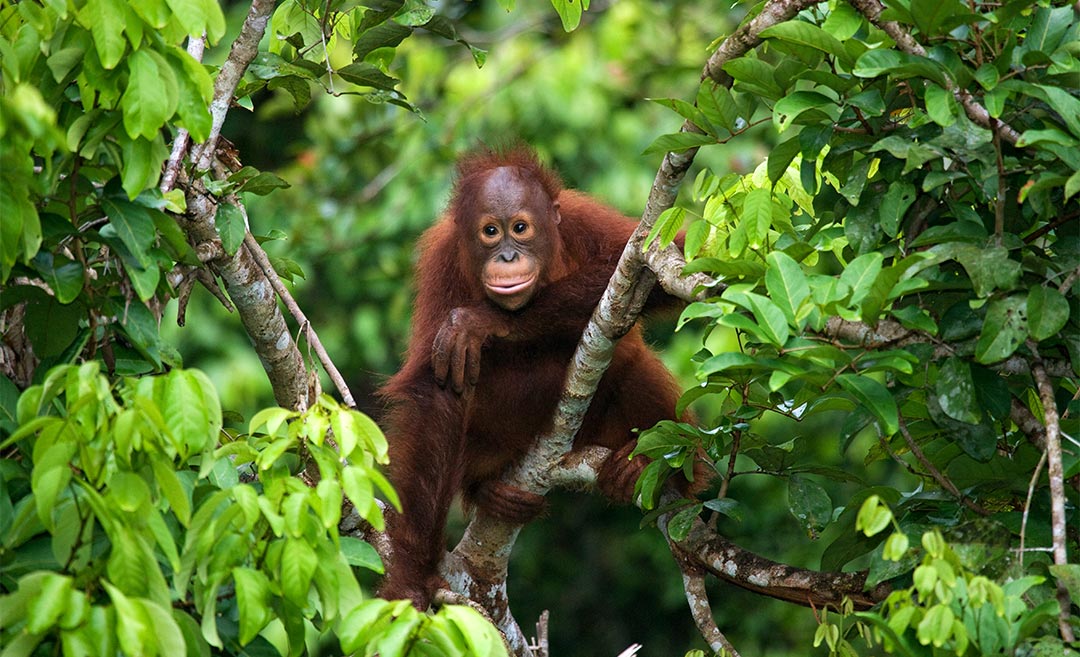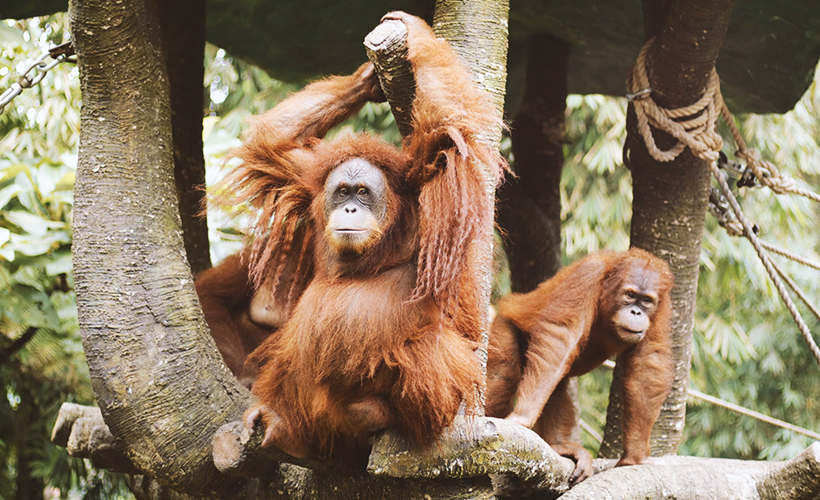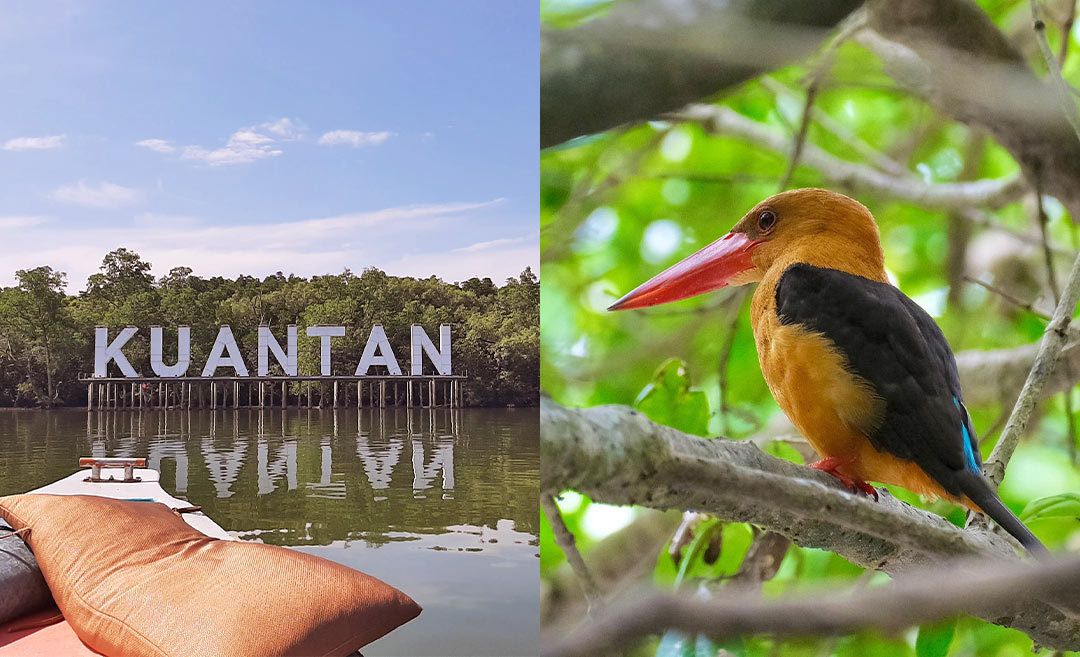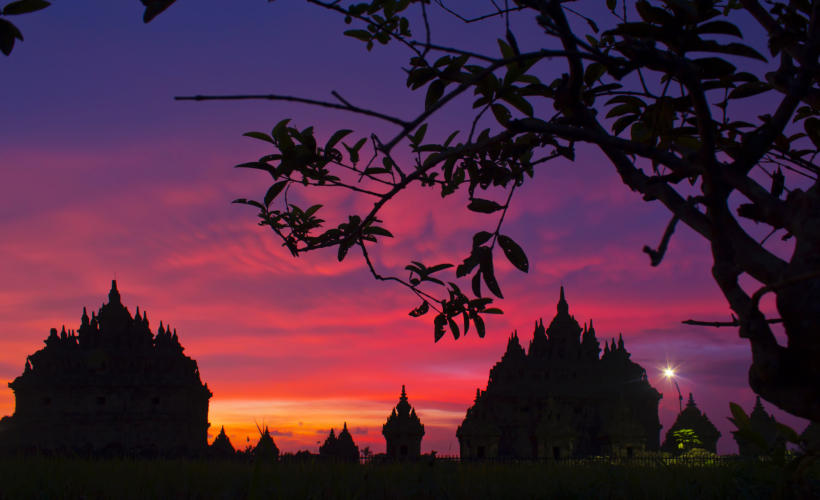In the lush tropics of Central Kalimantan, the sprawling Tanjung Puting National Park is a crucial stronghold of biodiversity in Indonesia.
It was first declared a game reserve in 1935 before being officially designated as a UNESCO Biosphere Reserve in 1977 and a national park in 1982.
Best known for its key role in orangutan conservation efforts, this natural wonder of the world is one of Borneo’s most popular ecotourism destinations.
Here are five reasons why you should visit this national park:
1. It encompasses many habitat zones
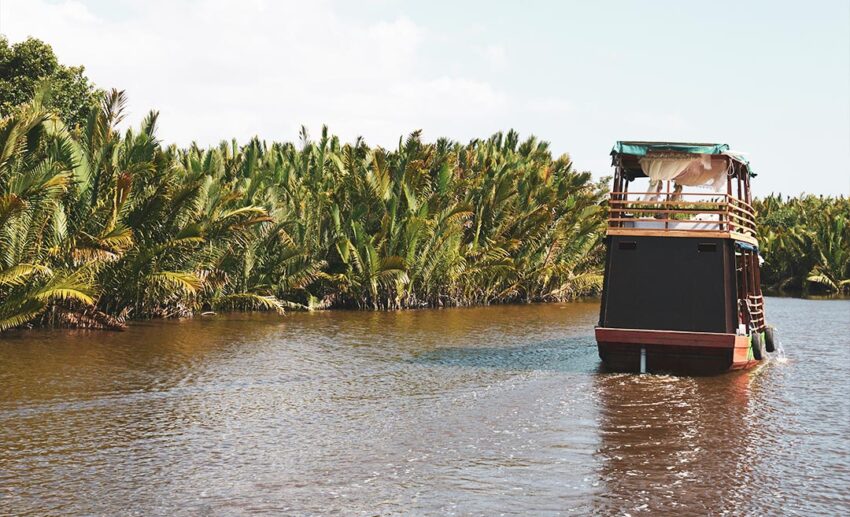
Spanning an area of 4,160 square kilometres, Tanjung Puting comprises various types of forest ecosystems, including lowland, tropical heath, and secondary forests.
Tropical heath forests are known in the Iban language as kerangas, which translates to ‘land that cannot grow rice’ and is characterised by sandy soils that are low in nutrients.
Meanwhile, the park’s swamp terrain is punctuated by backwater rivers that flow into the Java Sea, forming peat swamps, freshwater swamps, mangroves, and coastal forests.
Nearly all of Central Kalimantan’s primary peat swamp forests are located within the Tanjung Puting National Park area.
2. It is one of the best places to see orangutans

Tanjung Puting National Park is home to an estimated population of 30,000 to 40,000 orangutans living in their natural habitat.
While you can easily catch an unscheduled glimpse of the majestic great ape here, several research and rehabilitation camps guarantee an up-close view at daily feeding stations.
The most famous of these centres is Camp Leakey, globally recognised as a ground-breaking orangutan rehabilitation facility.
It was first established in 1971 by Dr Birute Galdikas at the start of her career. Now, nearly five decades later, Galdikas has conducted the longest continuous study of orangutans ever here at Camp Leakey.
3. It is inhabited by diverse fauna
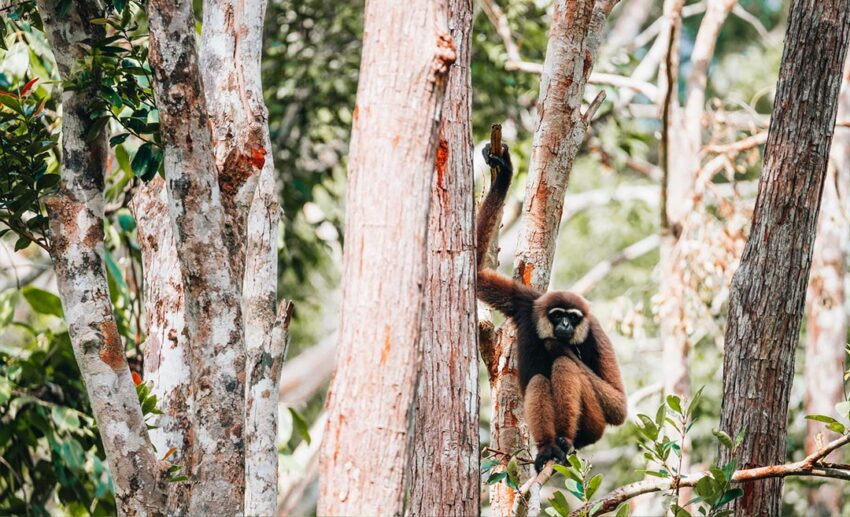
Tanjung Puting was first set aside as a reserve by the Dutch colonial government for the protection of not only the orangutan but also the proboscis monkey.
It is one of the 16 protected areas where this long-nosed monkey, which is endemic to the low-lying coastal swamps of Borneo, can be found.
Tanjung Puting is also home to a wide array of animal species, including gibbons, macaques, sun bears, deer, wild boars, and clouded leopards, not to mention numerous species of reptiles and birds.
Just keep an eye out along the rivers – the national park has a thriving population of crocodiles in its waters.
4. It is best experienced via houseboat
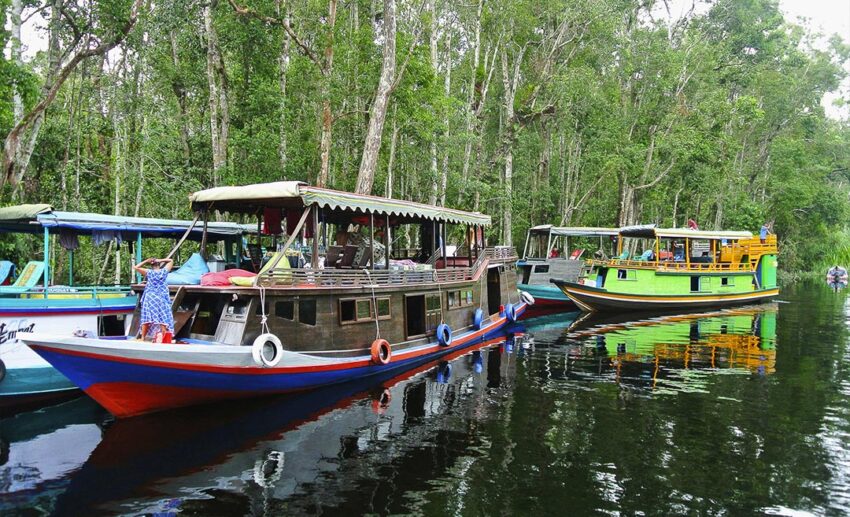
The only way to get into Tanjung Puting National Park is via the river, most often on a traditional wooden houseboat called a klotok.
Longer cruises are recommended for a genuinely immersive wildlife-viewing experience, with three days and two nights being a popular option.
The klotok is both a means of transport and accommodation, where tourists sleep, eat, and take in the sights as they slowly wind along the river.
Cruise itineraries usually include a stop or two where visitors can disembark from the boat and hike through the forest to reach the orangutan rehabilitation centres.
5. It is suffering from encroachment
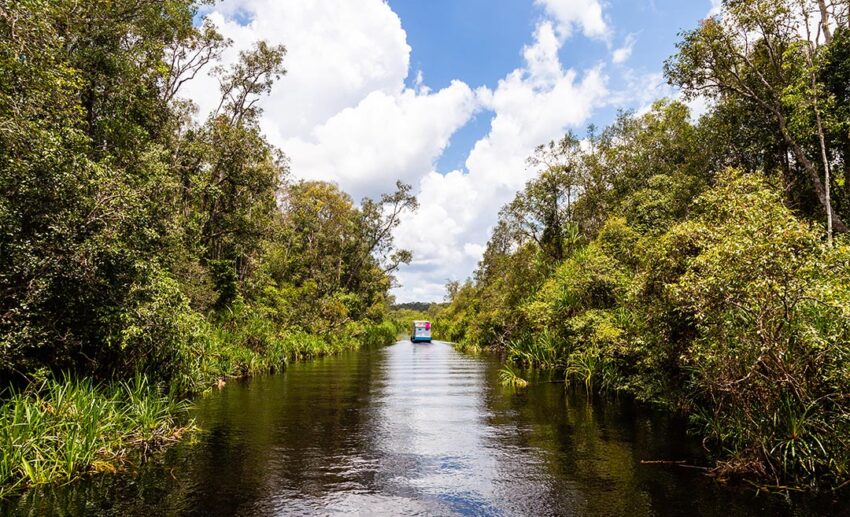
Despite its national park status, Tanjung Puting is unfortunately suffering from encroachment due to illegal human activities.
Unlawful logging and mining, the expansion of oil palm plantations, and man-made forest fires pose significant challenges to the park’s delicate ecosystem.
Conservation efforts – such as the replanting work carried out by the NGO Friends of the National Parks Foundation – are making slow but steady progress towards the reforestation of damaged areas.
Sustainable ecotourism can also help in the battle for conservation. The proceeds from entrance fees and guided tours can be channelled towards preservation – with the added benefit of raising awareness of sustainability among visitors.
Address: Teluk Pulai, Kumai, West Kotawaringin Regency, Central Kalimantan 74181, Indonesia
This story by Jacie Tan Cheng Hwee was originally published on AirAsia. Zafigo republished this story in full with permission from the publisher, simply because good stories should be read by as many people as possible! If you have stories that will be of interest and useful to women travellers, especially in Asia, please get in touch with us at info@zafigo.com.

